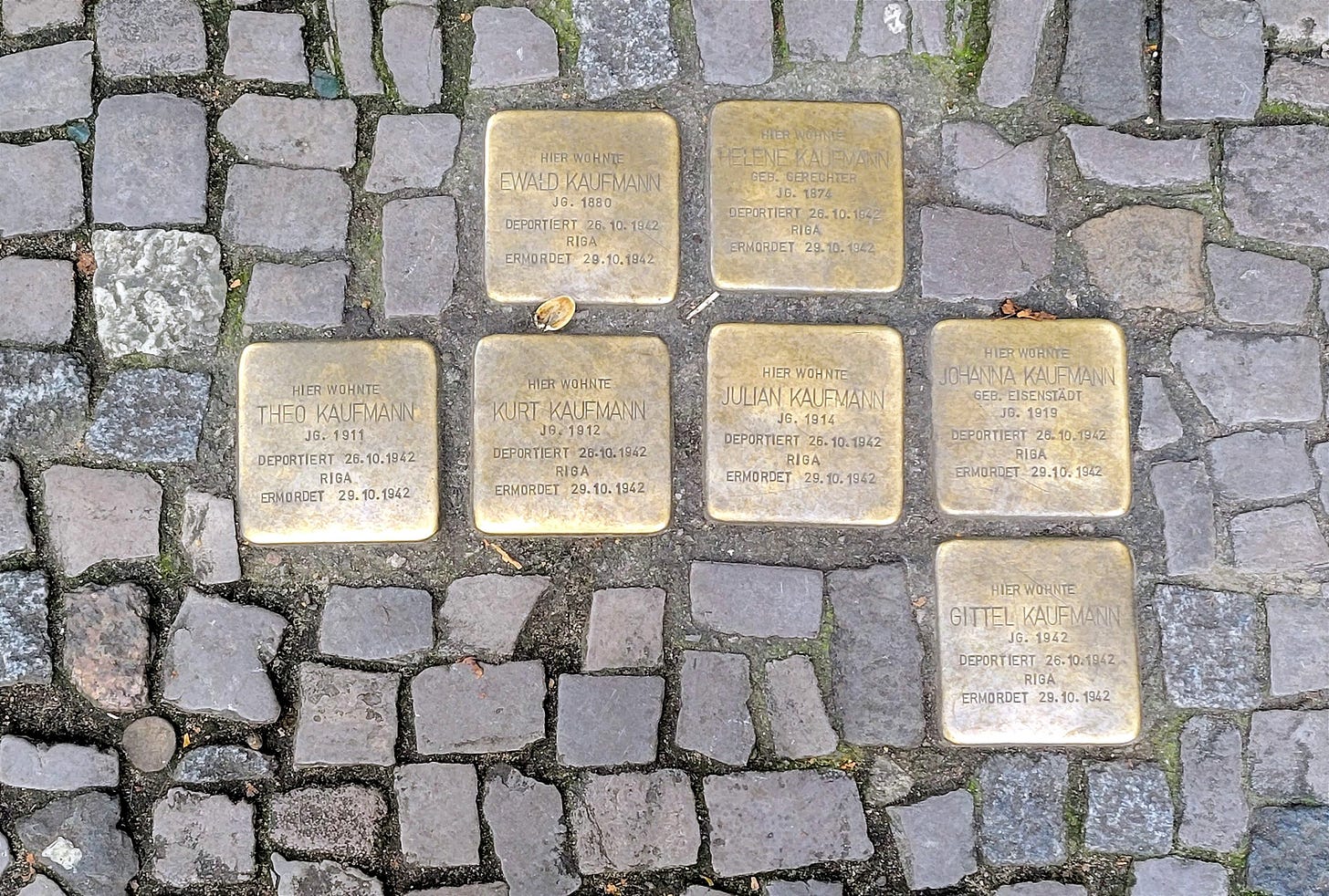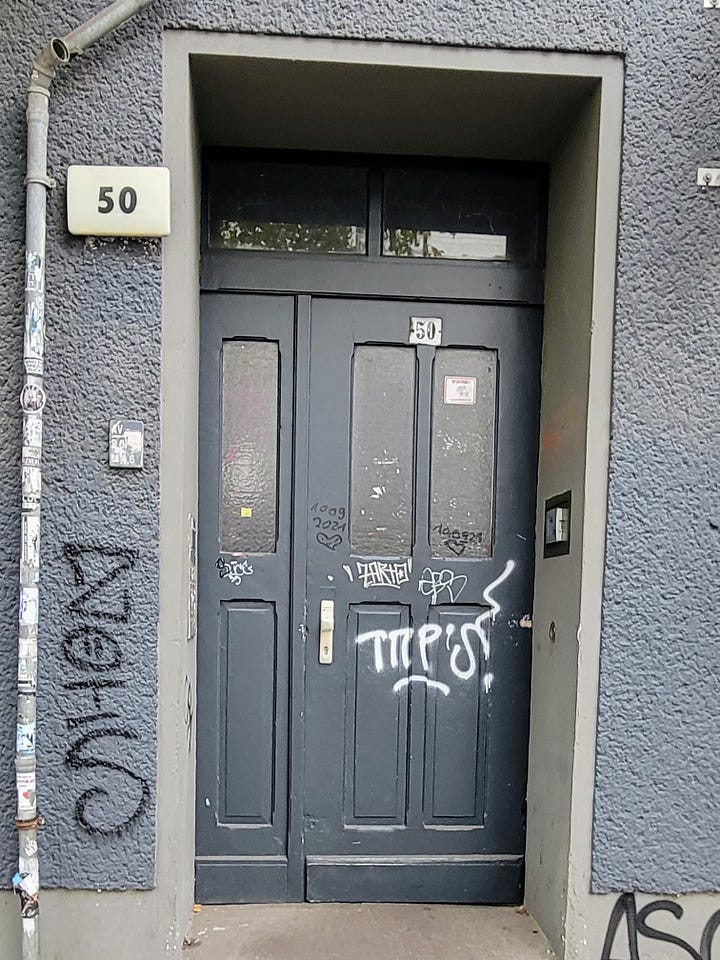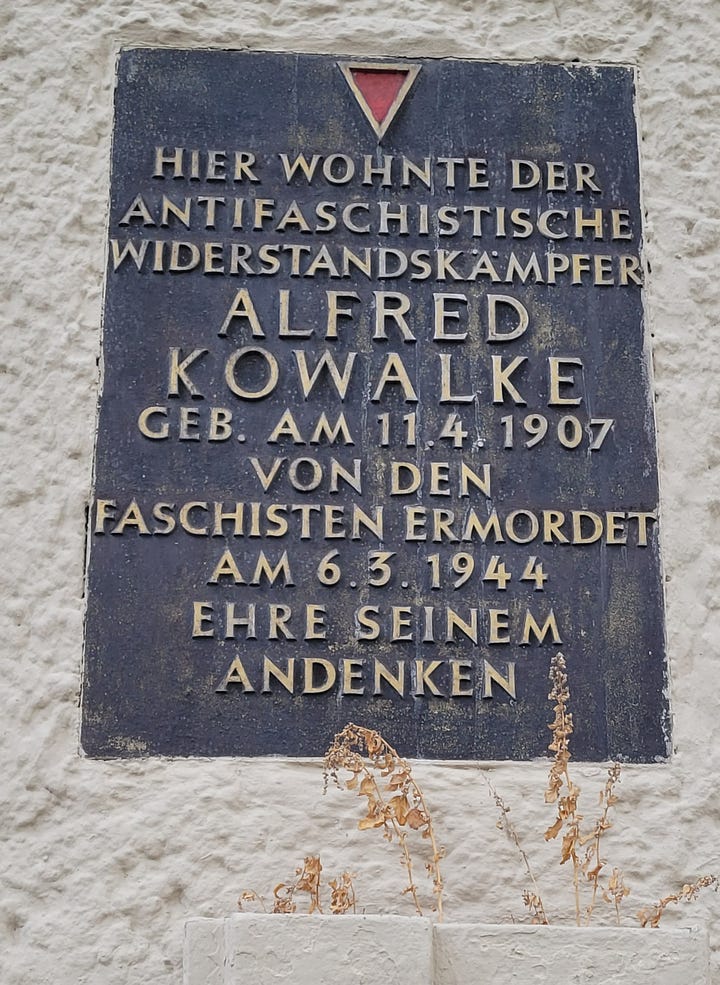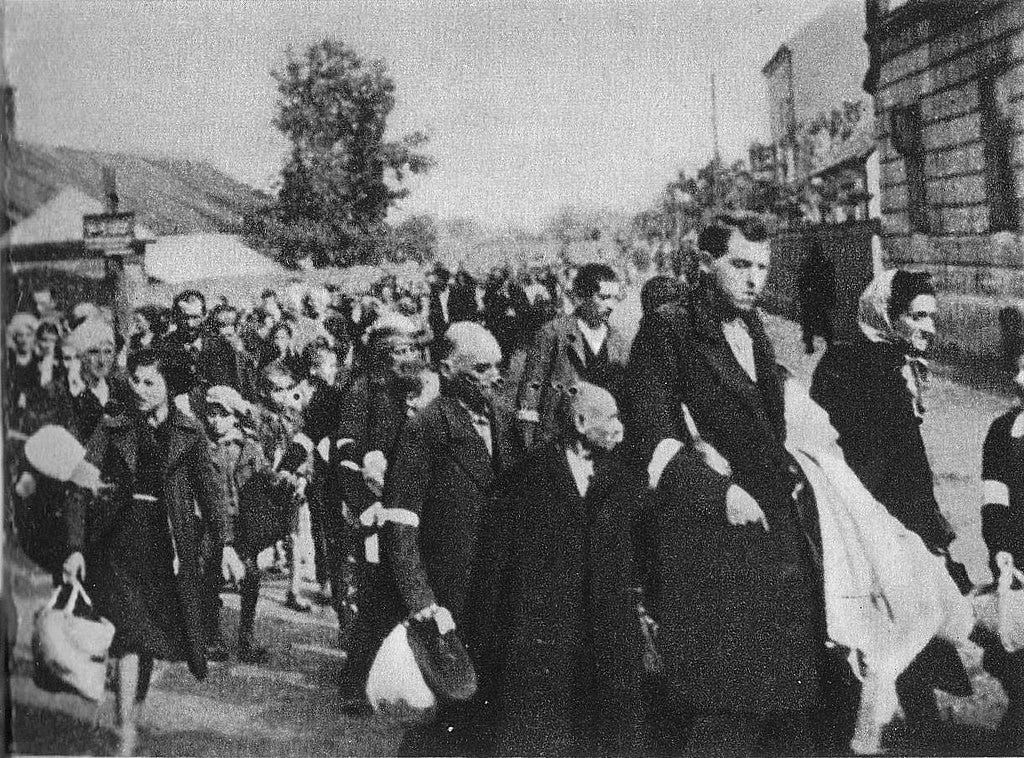
Particularly astute readers may have noticed that I skipped a week last week in updating this newsletter.
Like many Americans, I have been preoccupied with the upcoming elections in the United States - particularly the increasingly inflamed discourse surrounding immigration.
Republican presidential candidate Donald Trump has now made ‘mass deportation’ of undocumented immigrants the centerpiece of his platform. Listening to the different interviews and campaign speeches given by him and his running mate, U.S. Sen. JD Vance - I was struck by the similarities to arguments used here by the Alternative for Germany, and other far-right parties. Trump has even started using the term ‘re-migration’ which has a long history in far-right circles in Europe.
I wrote before about the rise of the disturbing rise of far-right political parties in Europe and their connection to neo-Nazi groups. But now the leaders of the Republican Party in the United States (one of the two mainstream political parties) are adopting some of the same arguments and strategies used by candidates who are considered political extremists on this continent.
And with this there are some very disturbing echoes to one of the darkest chapters in human history.
I spent most of last week putting together an in-depth post about this on my personal blog. Because that post is focused mostly on events from the U.S. perspective, but contains a lot of information about German history, I am including an excerpt, below.
You can click through to read the entire article on my website.
I did not write it to draw direct analogies between the current politics in the United States and Nazi Germany or the Holocaust. I wrote it because, after moving to Berlin and beginning to learn more about the history of the National Socialist regime—how they came to power, how the Holocaust began, how it progressed and expanded over time, I learned a lot that I did not know before.
And I learned that I had many misconceptions about how what the Holocaust involved and how it took place.
The philosopher George Santayana is credited with the often-repeated phrase: “Those who don’t know their history are condemned to repeat it,” published in his five-volume work, The Life of Reason in 1905.
It’s not so much that I think something of the magnitude of the Shoah could happen again. It’s that when societies place their trust in the whims of one person or one small group and decide turn a blind eye to the specifics, to the facts, and the details—that they can end up going to lengths no one intended.
And that leaders promising simple answers to complex problems—especially when those solutions involve scapegoating vulnerable groups of people— they should be viewed with extreme caution.
I hope you will read it and see what you think.


This is What Mass Deportation Looks Like

Around the corner from my apartment in Berlin, there is a group of five brass plates inlaid in the cobblestones of the sidewalk in front of the house at Boxhagener Strasse 50. They are the Stolpersteine for the Kaufmann family: Ewald and his wife Helene (her birth name was Gerechtner); their sons, Theo, Kurt, and Julian; daughter-in-law Johanna (birth name - Eisenstädt) and granddaughter, Gittel.
Like most of these small memorials--the information is spare: Date and place of birth, if known; the date of their deportation and to where; and the date of death.
Most of the family were from Poznań in what is now Poland, except for Johanna and Gittel both born in Berlin. By their birth dates, you can discern their relationship. And the last two dates are all the same--deported 26 October 1942 to Riga; murdered there 29 October 1942.
Gittel, born July 26, 1942, was three months old.
Read the rest of the article here.





